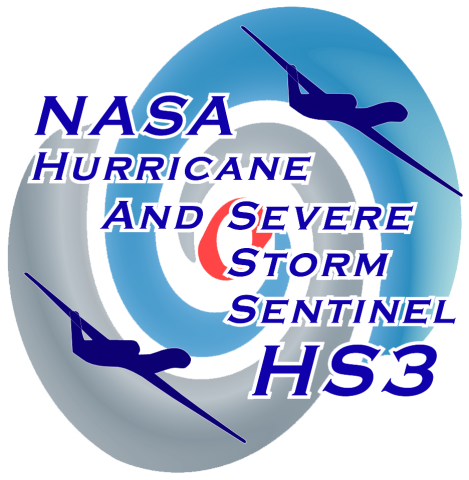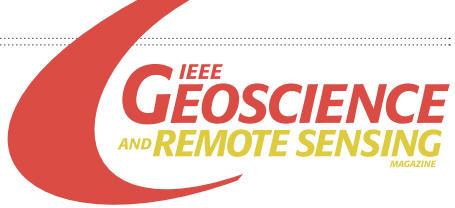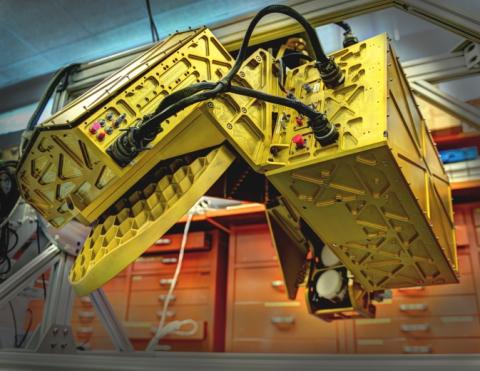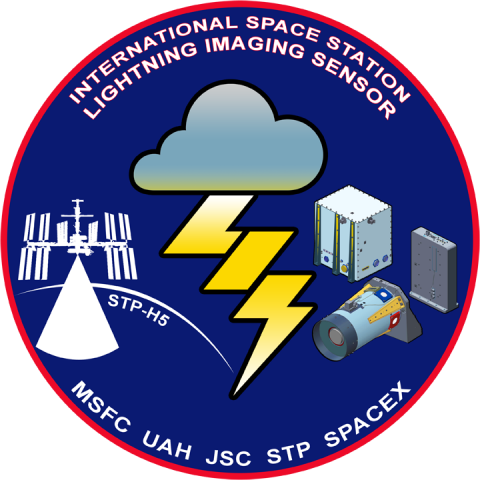
GHRC personnel attended the annual science team meeting for Hurricane Severe Storm Sentinel (HS3), held May 5-7 at NASA Ames Research Center. HS3 is an Earth Ventures – Suborbital 1 mission, with data to be archived at and distributed by GHRC. Manil Maskey, lead developer for the HS3 information system at GHRC, and Dr. Xiang Li, atmospheric scientist at GHRC, discussed system requirements related to data formats, metadata and documentation. Maskey presented current status and plans for the HS3 data collection at GHRC along with prototype of the flight report browser, a key component of the HS3 data system.










